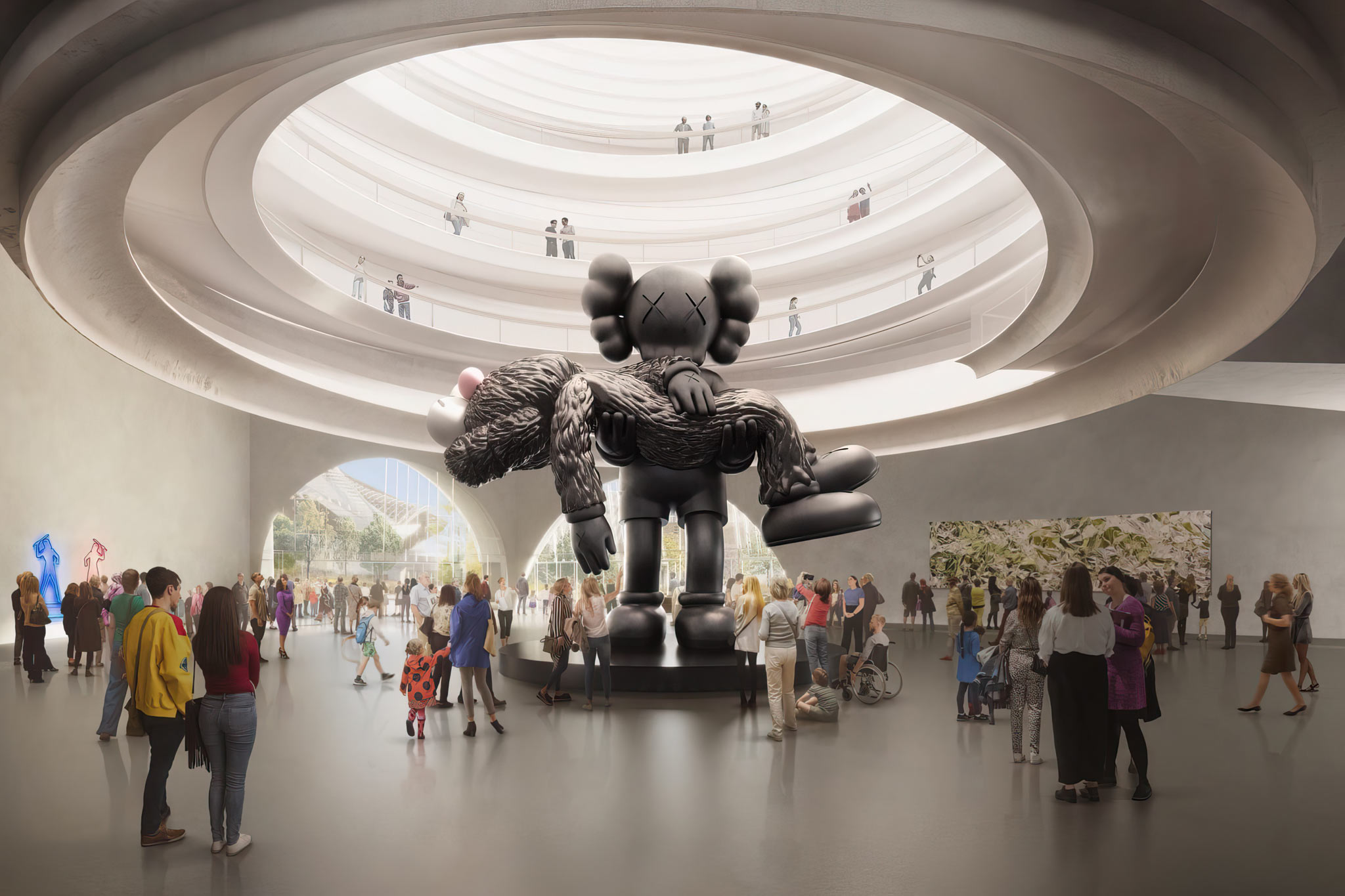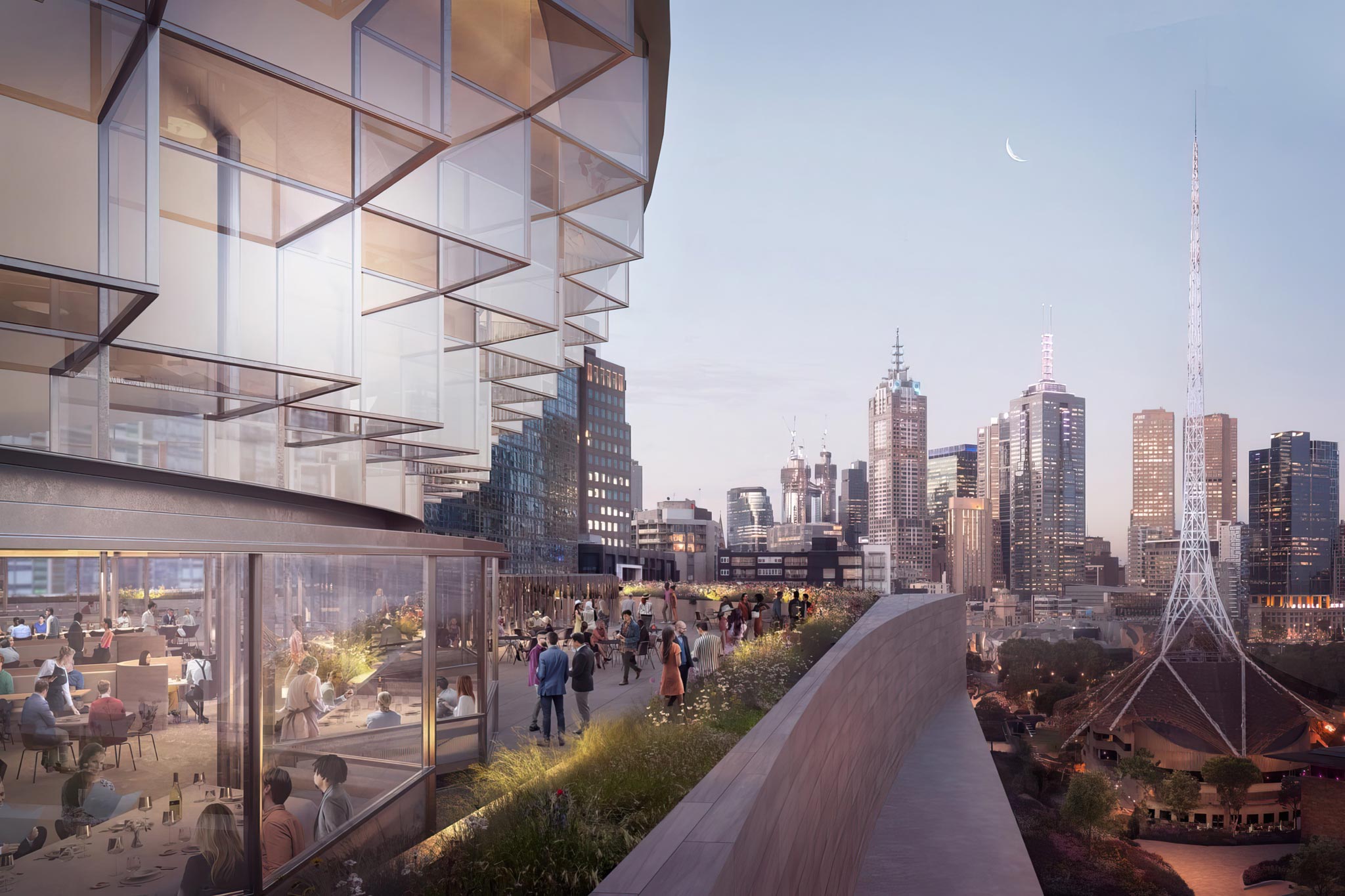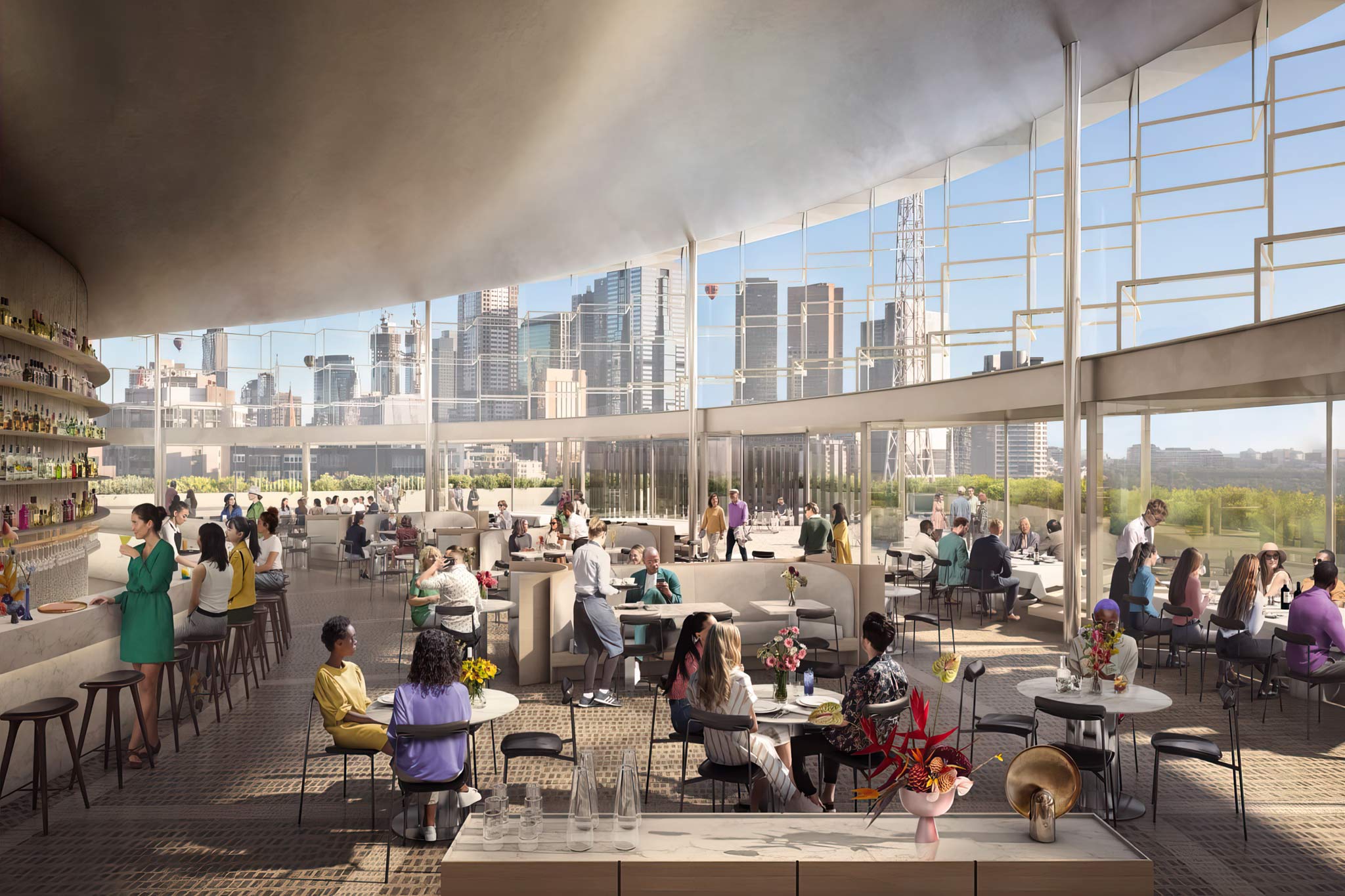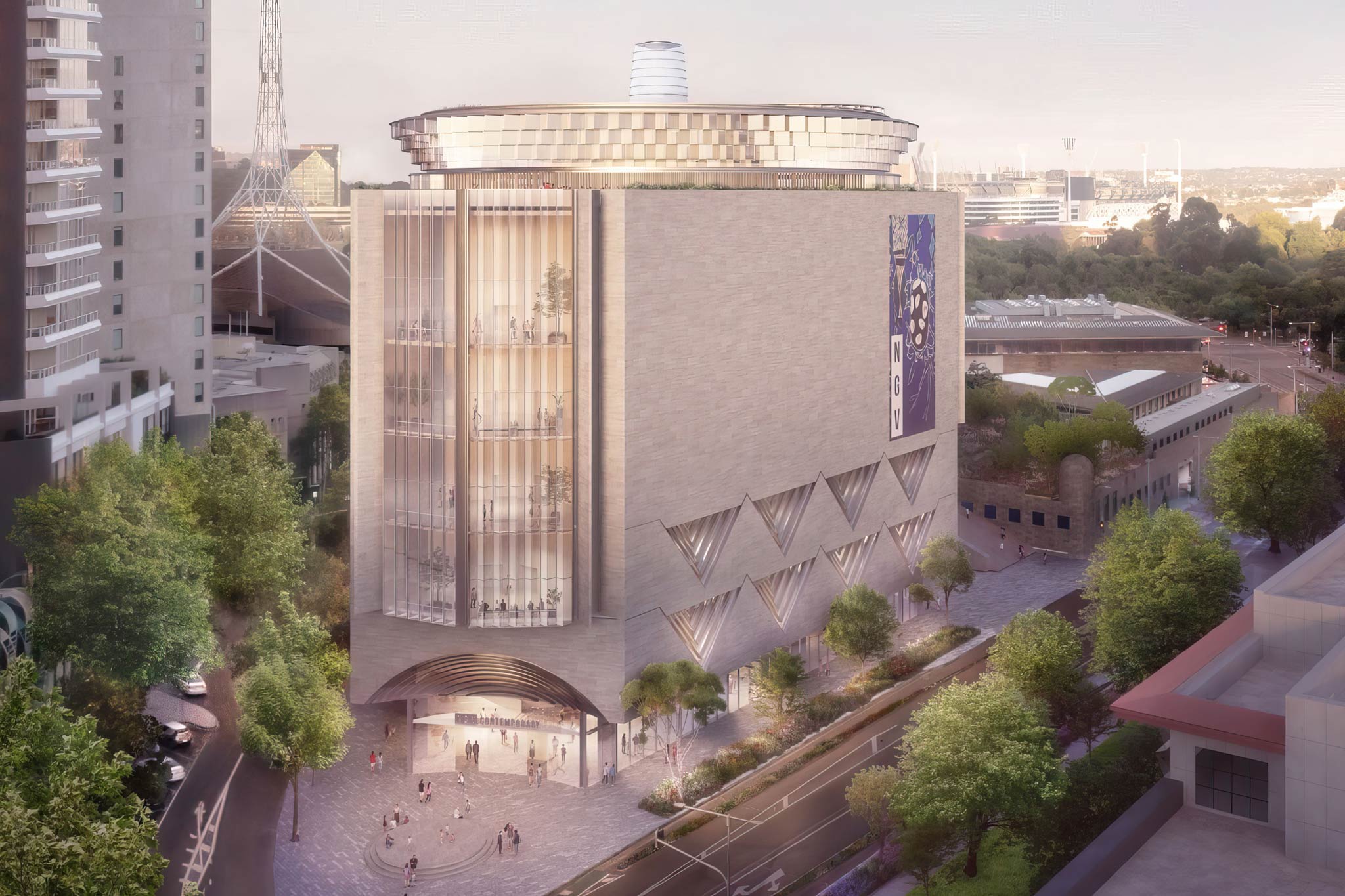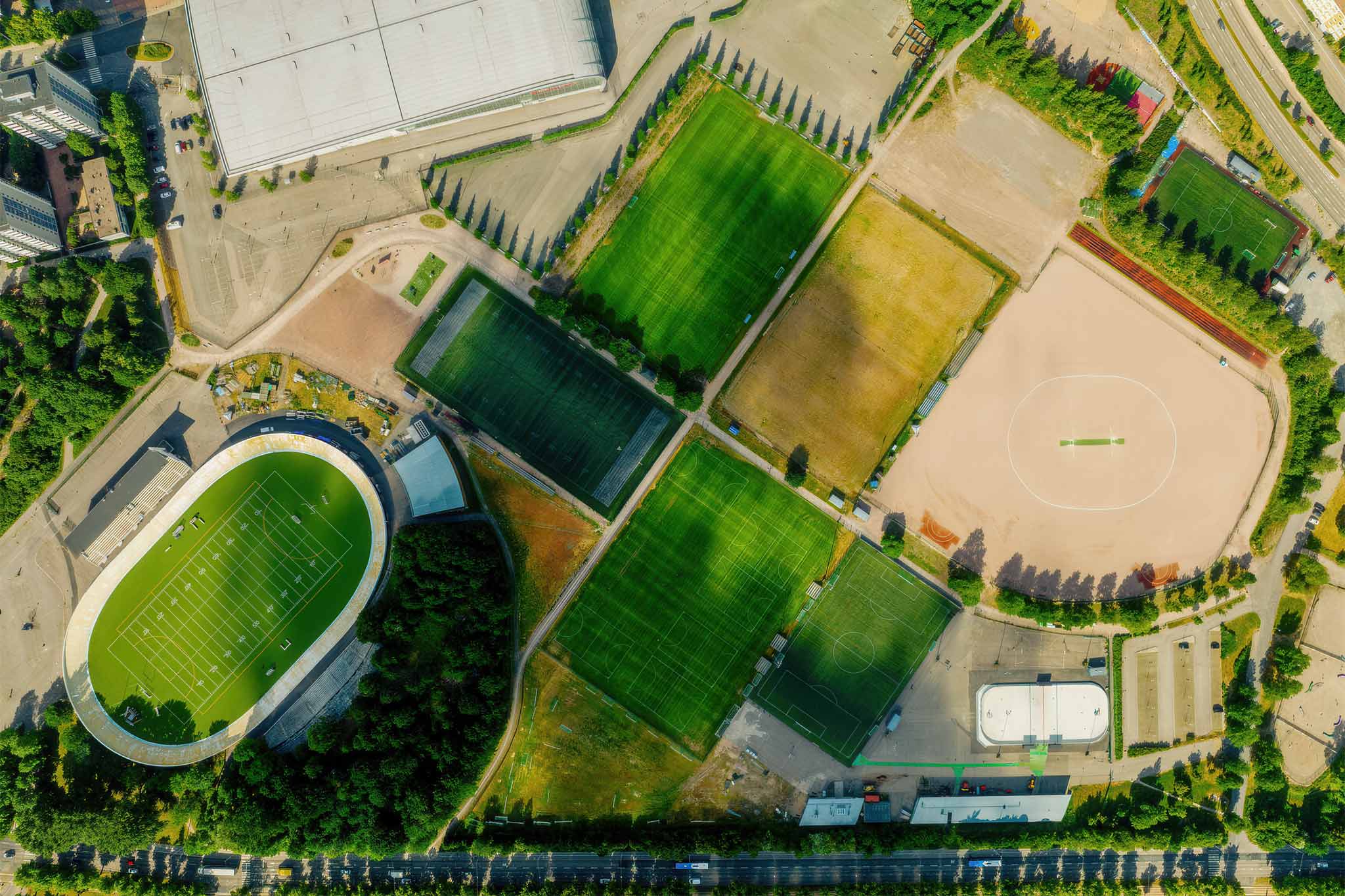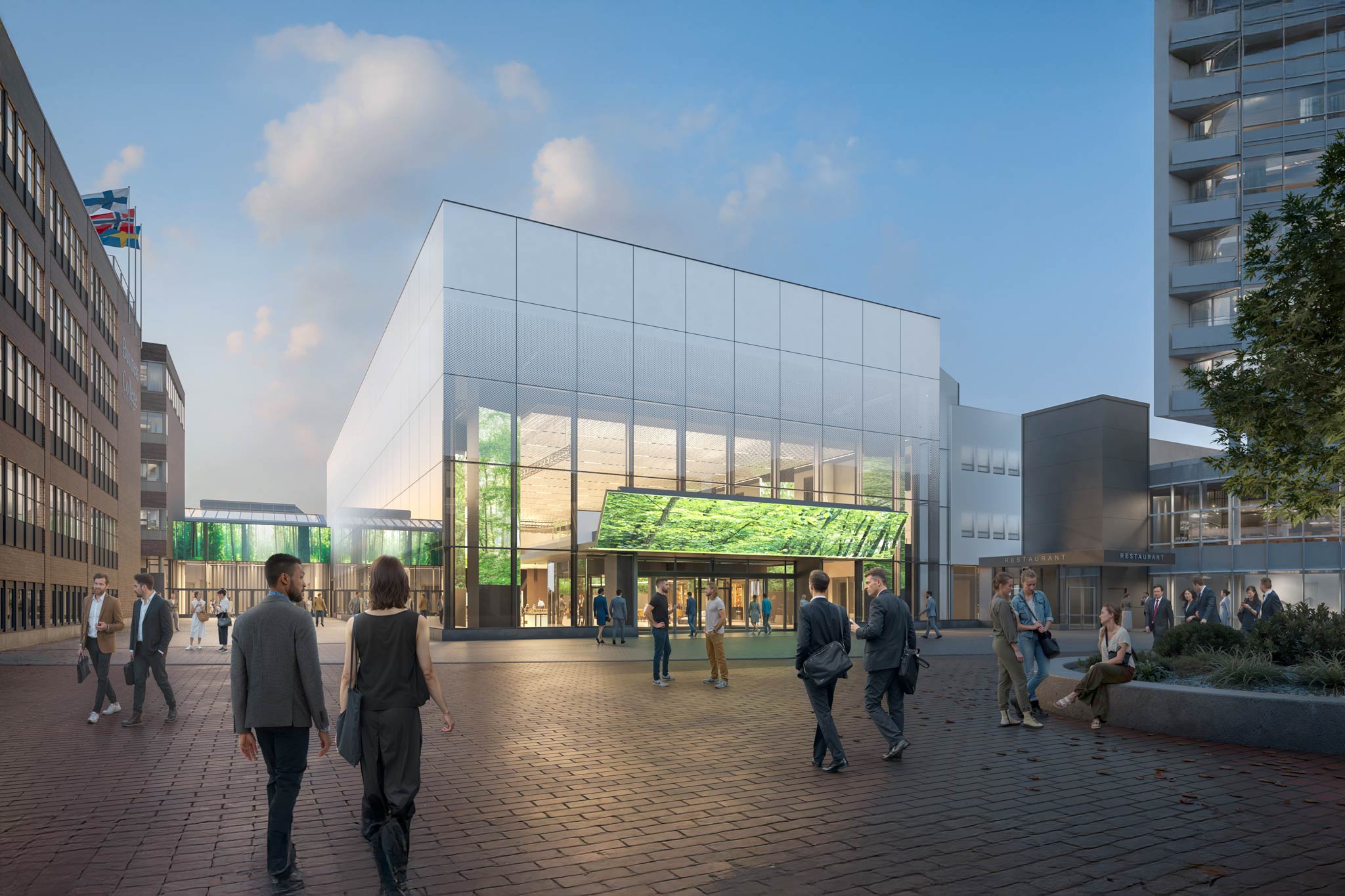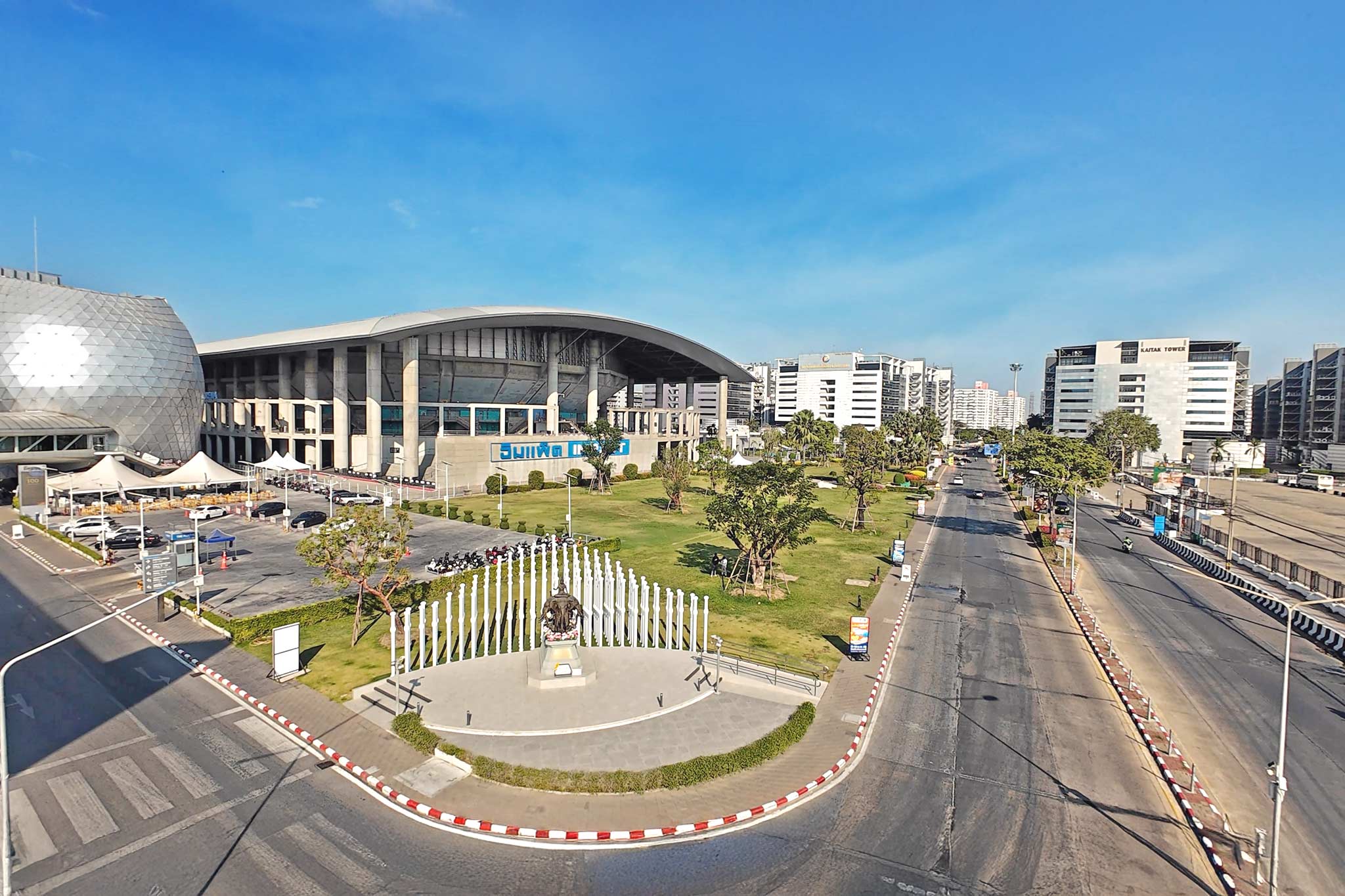Preliminary designs have been revealed for the National Gallery of Victoria (NGV) Contemporary, the centrepiece of a A$1.7 billion transformation of Melbourne’s Southbank Arts and Culture precinct.
Slated to open in 2028, the building will be Australia’s most extensive gallery dedicated to contemporary art and design, offering more than 13,000 square metres of dedicated display space. Predicted to attract one million visitors annually, the gallery will feature education spaces, science laboratories for art conservation, and a rooftop terrace with city views.
The NGV Contemporary Gallery will be brought to life by local architecture firm Angelo Candalepas and Associates, whose design features dramatic arched entries and a 40-metre-high spherical hall upwards through all building levels, connecting to a lantern in the sky. This new Australian landmark will celebrate the central role of art and design in contemporary life with dedicated display space for art and design, including exhibition galleries and an expansive rooftop terrace and sculpture garden with stunning vistas of Melbourne.
Monumental in scale, the colossal orientating hall will be an enveloping gallery for the display of large-scale artworks and will also allow visitors to move through the building via a spiralling pathway. Visitors who travel through this space will be offered an architectural experience as they journey between the building’s levels, finally emerging on the dual-levelled rooftop terrace. The design also features several architectural spaces to complement the exhibition galleries, including a large café directly connected to the expanded public parkland and a design store.
The extent of the exhibition space will allow the gallery to present international blockbuster exhibitions while simultaneously offering a program of thematic and focused presentations drawn from the NGV’s expanding permanent collection of Australian and international contemporary art and design.
The NGV design also provides educational studios, a lecture theatre, artist studios and scientific laboratories to conserve artwork, and the project acknowledges the Wurundjeri Woi-Wurrung People as the Traditional Owners of the land on which the NGV is built.
Visit NGV Contemporary online for further info and images.
